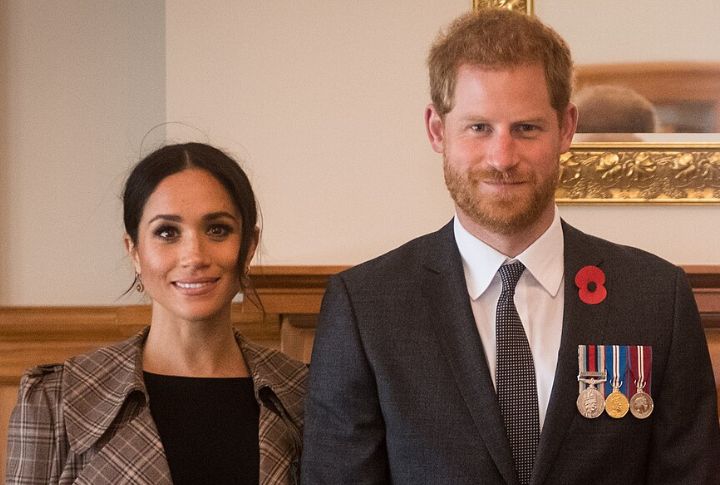
Trading a throne for freedom sounds like a fairytale in reverse, yet several royals have done exactly that. Their decisions shocked entire nations and rewrote the rulebook on royal duty versus personal desires. The palace walls became prisons that they desperately needed to escape. Here are the royals who decided being ordinary was worth more than wearing a crown.
King Edward VIII (Duke Of Windsor, UK)
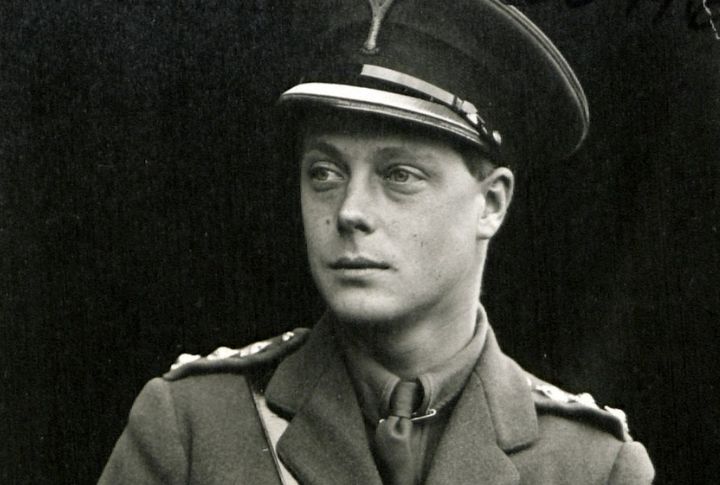
The British throne witnessed a historic shift when Edward VIII delivered his worldwide abdication speech. His 326-day reign, among the shortest in British history, ended on December 10, 1936. Subsequently, he became the Duke of Windsor, living in exile while choosing love with Wallis Simpson, a twice-divorced American, over royal duty.
Prince Harry
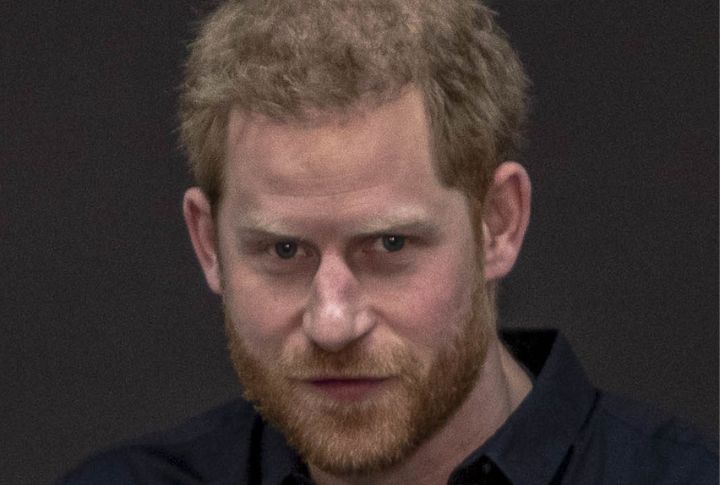
Prince Harry, second-born in the British royal family to King Charles III and Princess Diana, married American actress Meghan Markle in 2018. By 2020, they chose to step back from their official royal responsibilities. Newspapers called this “Megxit,” short for Meghan’s exit, copying “Brexit,” which means Britain’s exit from the European Union.
Princess Mako Of Japan
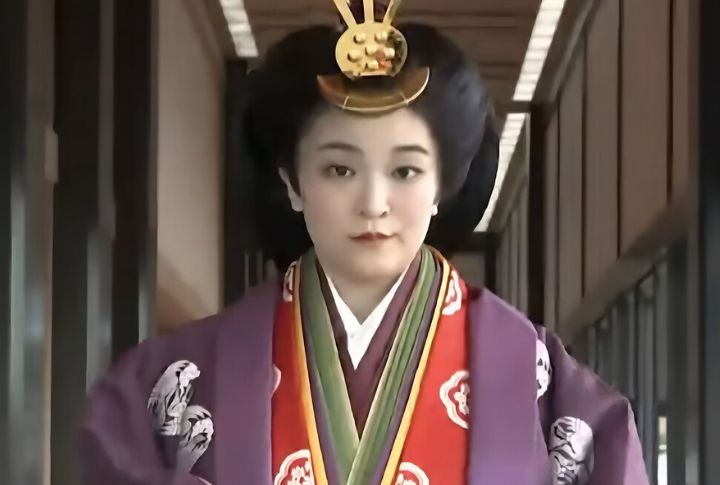
Japanese imperial rules forced Princess Mako to relinquish her royal position when she wed Kei Komuro, a commoner, in October 2021. Beyond that, she became the first imperial family member to refuse the traditional wedding payment. The couple then established their home in New York City.
Princess Sayako Of Japan
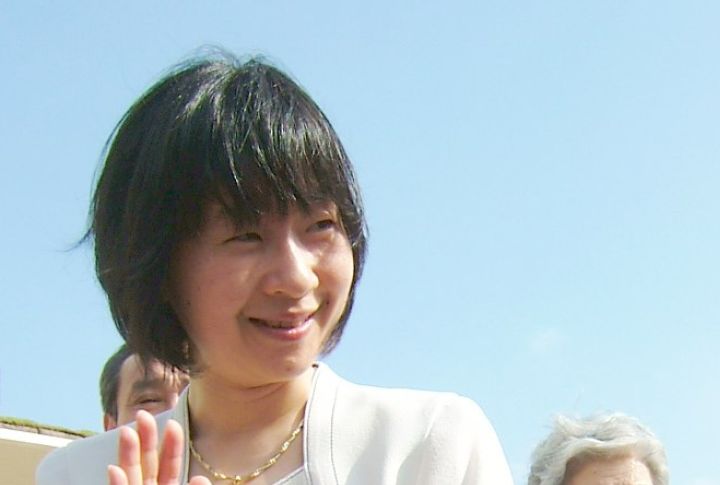
Princess Sayako, the only daughter of Emperor Akihito, made headlines in 2005 after she married a commoner, Yoshiki Kuroda. By Japanese law, royal women marrying outside the family lose their titles. So, Sayako adjusted to normal life, even learning to drive and shop, and took her husband’s surname, becoming Sayako Kuroda.
Prince Johan Friso Of The Netherlands
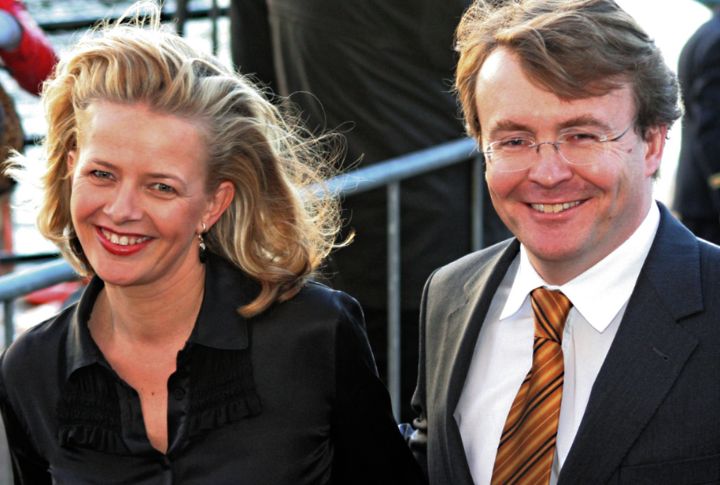
In 2004, Prince Johan Friso, son of Queen Beatrix of the Netherlands, married Mabel Wisse Smit, a Dutch human-rights activist. Because the government didn’t approve, he gave up his official royal role but stayed Prince of Orange-Nassau. Johan thrived as an engineer until a tragic skiing accident took his life in 2013.
Prince Michael Of Greece
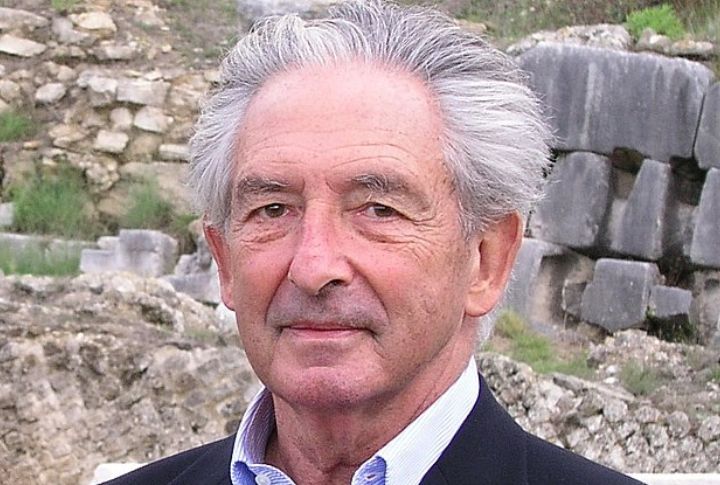
Born in Rome during his family’s exile, Prince Michael of Greece maintained ties to both Greek and Danish royal families. His marriage to commoner Marina Karella in 1965 cost him succession rights to the Greek throne. Later in life, his reputation grew as a prolific author of historical novels.
Prince Andrew (Duke Of York, UK)
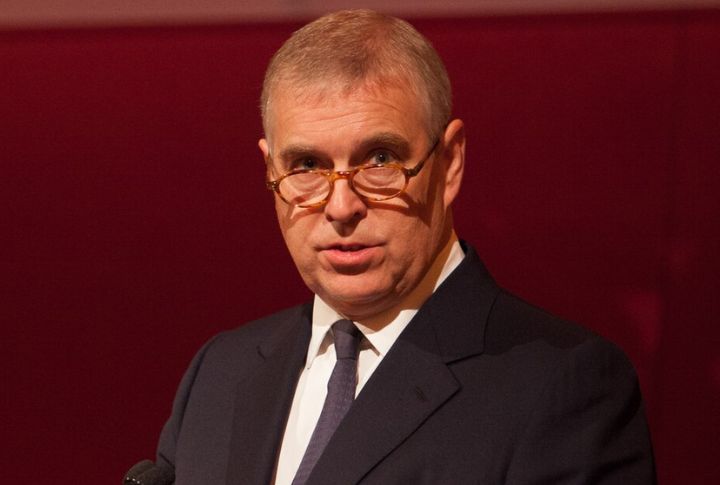
Prince Andrew, Duke of York, and the third child of Queen Elizabeth II, drew public criticism due to his connections with Jeffrey Epstein, the American financier later convicted of serious offenses. In 2019, Andrew stepped back from royal duties, and his role as a helicopter pilot in the 1982 Falklands conflict between Britain and Argentina faded.
Zara Tindall & Peter Phillips (UK)
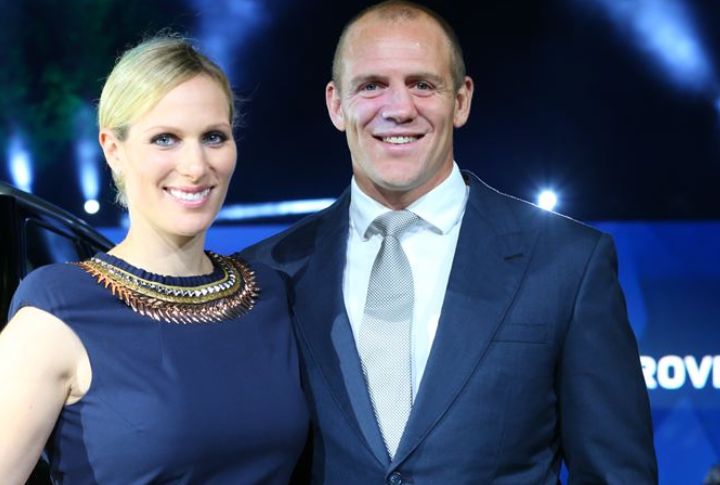
Zara Tindall and Peter Phillips, the daughter and son of Princess Anne (Queen Elizabeth II’s only daughter), are examples of royal independence. Their parents deliberately decided to withhold royal titles, allowing both to pursue life freely. Peter became the first untitled grandchild of a monarch, while Zara later won Olympic silver in equestrian sport.
Beatrix Of The Netherlands
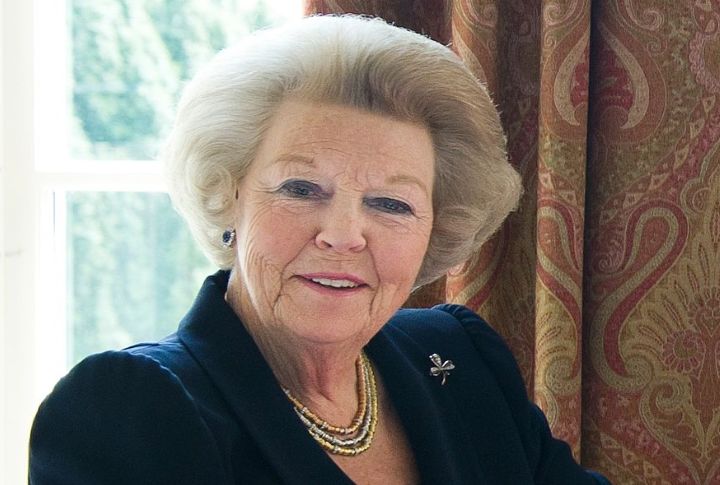
In 2013, Queen Beatrix of the Netherlands voluntarily stepped away from the throne after more than three decades of rule. She resumed her former title as Princess Beatrix but continued participating actively in royal responsibilities. Her ongoing involvement demonstrates that stepping down from the throne doesn’t always grant complete freedom from royal duties.
Various Japanese Princesses (Atsuko, Sayako, etc.)
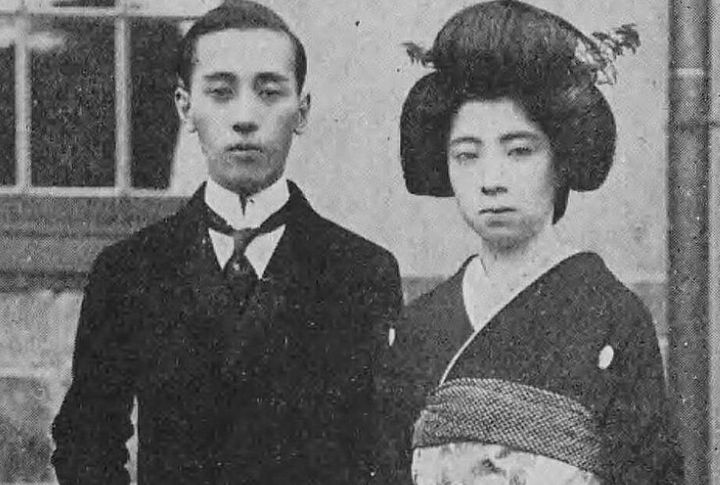
Princess Atsuko of Japan became Mrs Takamasa Ikeda, her legal name, after marrying a commoner in 1952, which required giving up royal status. Other princesses, like Princess Sayako (daughter of Emperor Akihito) and Princess Ayako (daughter of Prince Takamado), followed the same rule. And each departure shrinks the imperial family and raises succession concerns.

